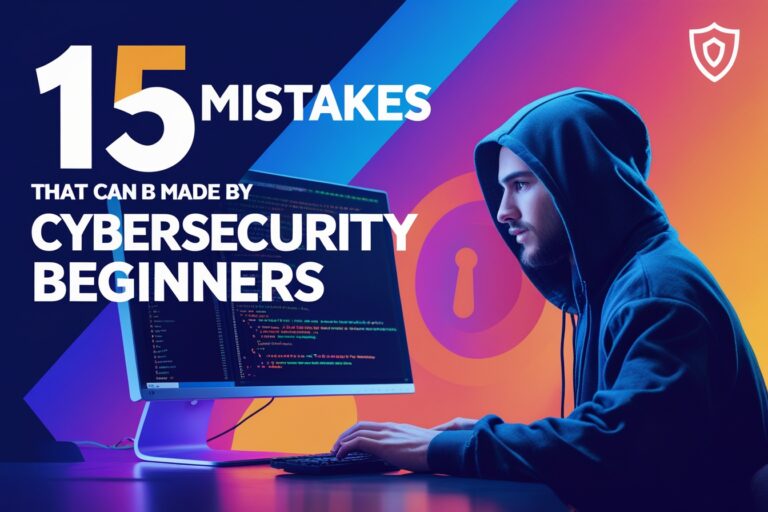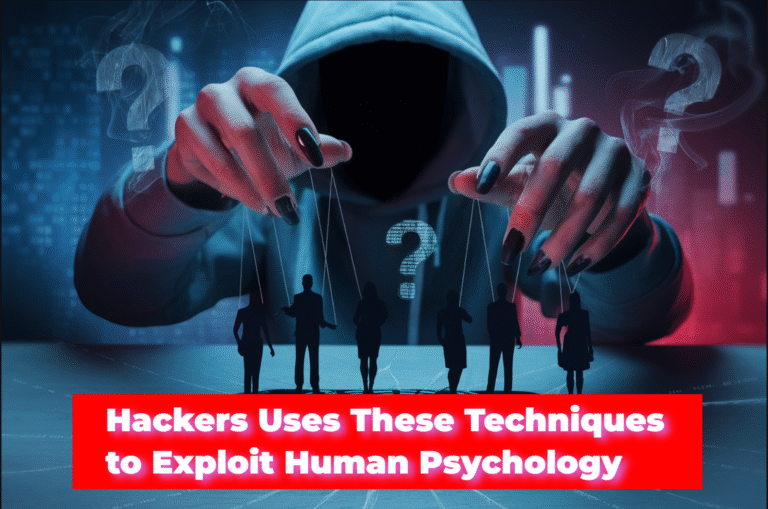Table of Contents
1. Encrypt and Backup Important Business Data
Encryption is a great way to enhance IT security and protect company data. Encryption secures files and data transmitted through a network by making it unreadable unless you have the decryption key. If a threat actor intercepts the data, they won’t access the content and compromise your organization. While you can integrate robust encryption software into your entire network, you can still use third-party payment processors on websites that handle sensitive client information.
A data backup plan is critical in minimizing and avoiding downtime should cybercriminals target your business. A robust recovery protocol ensures organization continuity, adding a reliable layer of protection to essential company data and infrastructure. When your business faces a lengthy downtime or service outage, you risk losing your loyal customers, and a comprehensive backup plan is essential.
2. Employee Security Awareness Training
Your employees handle most company data, and training them about the proper storage, handling, and processing of sensitive data is vital. Ransomware and phishing are among organizations’ top cybersecurity threats, and they exploit human errors. When an employee doesn’t know how to spot and identify phishing scams, the entire organization is at risk, regardless of your security measures.
Privileges misuse, internal errors, and data loss often stem from employees with minimal understanding of security obligations. Unfortunately, it’s impossible to eliminate human errors with a technical solution. You should conduct regular employee awareness training to ensure your security solutions are not compromised.
Besides preventing a devastating cyber breach incident, staff awareness training makes your organization more efficient and ensures compliance with data protection regulations. Depending on the access levels and nature of the data, you can provide comprehensive security awareness training. In other instances, detailed documentation of cybersecurity best practices may suffice.
3. Perform Thorough Risk Assessments
Risk assessments are vital when your business is developing a cybersecurity program. A proper evaluation ensures the measures address all the potential threats. Ideally, the process involves identifying circumstances that expose your organization to threats, threat magnitude, and the likelihood of the threat.
You can easily ignore real threats with severe effects after postponing routine risk assessments. On the other hand, you may spend time and resources on unlikely threats. Typically, focusing on threats that may never happen doesn’t make sense. A good risk assessment is systematic and follows a practical process that helps your company identify technological, processes, and people threats.
Ideally, you should audit your network, software, and operating systems. Including all your IT assets is essential since omitting anything can create vulnerability gaps when updating your security protocols.
4. Review Policies and Procedures Regularly
IT policies and procedures determine how your business handles IT services and security. While the policies outline broad principles, procedures provide specific guidelines of what, how, and when to perform particular tasks.
ISO 27001 can offer reliable guidelines since it includes various control measures that a business can adopt to address a specific threat. For instance, companies should implement policies that govern remote access, password management, and appropriate data access.
Clear policies and procedures ensure that your employees understand their security responsibilities and strengthen important lessons in security awareness training. Similarly, technical-based policies can make IT solutions more effective. This ensures that employees follow the correct procedures without compromising the security integrity of a system.
5. Outsource IT Security Service to Experts
Businesses are exposed to numerous cybersecurity threats, but most organizations face significant challenges when developing a reliable and robust cybersecurity strategy. Modern cybercriminals can be relentless and always look for new tricks and ways to breach company networks. Meaning organizations using the latest technology with better protective features are safer. Building an in-house IT team with all the skills to monitor and keep your systems safe may be unfeasible unless your business has a huge budget.
If you can’t set up a competent in-house IT team, partnering with organizations specializing in managed IT security services could be your best bet. Since these companies have all the necessary expertise and skills, they offer a complete security service that’s easily customizable depending on your security needs. Typically, working with a dedicated IT support provider can be more cost-effective than maintaining an in-house security team.
Endnote
The growth of digital business and hybrid work models has significantly increased cybersecurity incidents, making IT security strategies more urgent. While cybersecurity requires a company-wide approach, business leaders should prioritize robust security strategies to ensure sensitive business and client data is safe.









